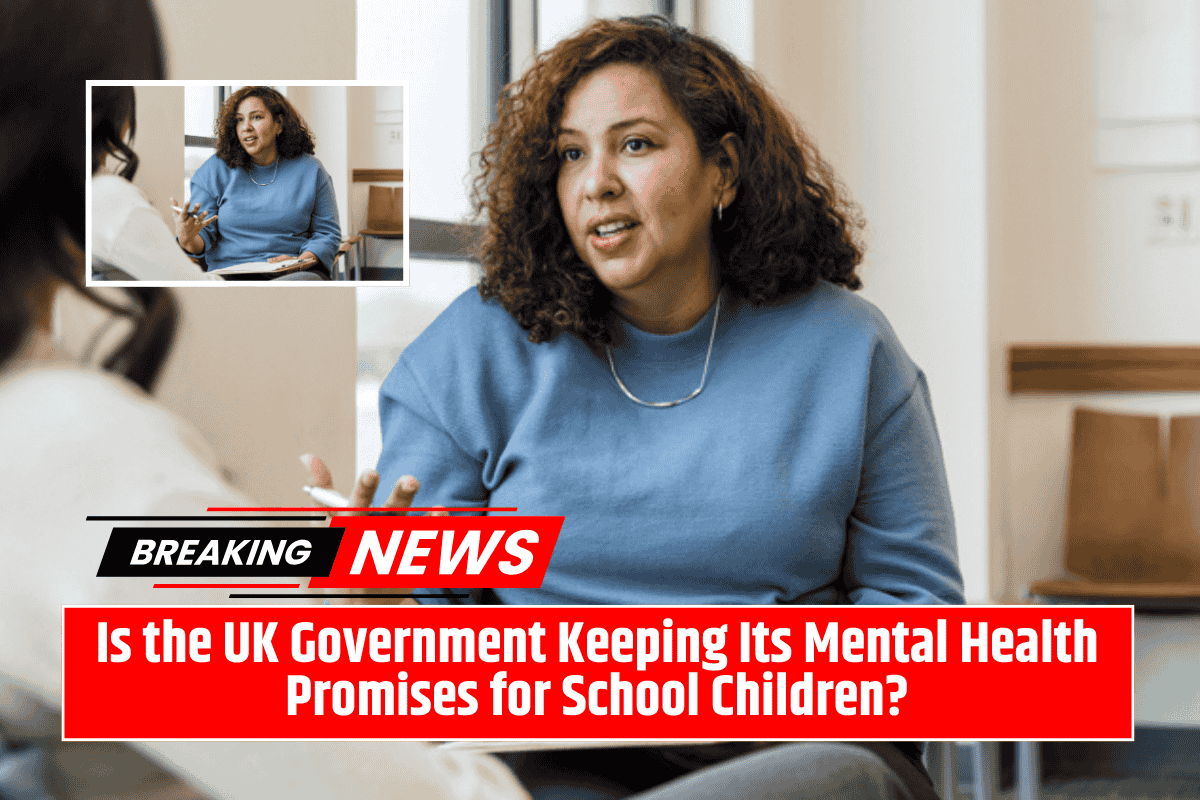In today’s fast-paced school environment, many children are not getting enough time for lunch, and the quality of school meals is also under question. A new survey by Teacher Tapp shows a worrying trend in how schools manage lunchtime and student well-being. The findings reveal not only a shortage of time but also issues with food quality and limited physical activity, especially for children who rely on school for their only exercise during the week.
Shorter Lunch Breaks on the Rise
According to the Teacher Tapp survey, more than 1 in 10 schools now give students less than 30 minutes for lunch. This number has grown since 2019 when a previous study by UCL-Nuffield put it at 8%. In secondary schools, the situation is worse, with 14% offering less than half an hour for lunch. This is not enough time for students to eat properly, rest, and recharge.
Food Quality Getting Poor Reviews
The survey also found that many students and teachers are not happy with the food provided in schools. Only about half the students said the food was “tasty”, and just 25% felt they were given enough to eat. Even more troubling, over 20% of teachers said the food wasn’t good enough to serve to a child they care about.
With rising costs of food, staff, and energy, many schools are struggling to keep up with the quality of meals. Funding for free school meals hasn’t increased in line with these costs, adding more pressure on school leaders.
Hunger Affects Learning in Class
One of the most serious issues raised was hunger. Around 41% of teachers said some of their students are regularly too hungry to focus on lessons because they haven’t had enough food. This number is even higher—up to 68%—in schools where many students qualify for free meals. This shows that for many children, school lunch is a vital part of their daily nutrition.
Students Want More Time, But Opinions Vary
When students aged 11 and above were asked if they’d prefer a longer lunchtime even if it meant finishing school later, 37% said yes, while 45% said no. This shows that while many students do feel rushed, not all are willing to stay later in school just for a longer break.
Schools Lack Resources for Exercise and Activities
The survey also pointed out that schools don’t have enough resources to provide physical activities for all students. Almost 25% of primary students said school is the only place they get any physical play or exercise each week. This number drops slightly in secondary schools to 18%, but still highlights a big gap.
Most schools don’t have enough staff or equipment to organise regular structured activities for students. This is a big concern, as exercise is important for health and learning.
This new survey paints a clear picture of what many students face every day in school. Short lunch breaks, poor food, and lack of exercise can affect a child’s health, focus, and happiness. While many teachers care deeply about these issues, they often don’t have the support or resources to solve them. As school costs rise and funding remains tight, it’s important for decision-makers to take these findings seriously. Children need time to eat, play, and recharge so they can learn and grow properly.











